With the holidays upon us, we find our thoughts turning to seasonal treats like pumpkin pie, spiced cider, eggnog and myriad cakes and other delicacies. Throughout this array of seasonal fare runs a common thread—a warming sprinkling of one of our favorite spices: cinnamon. Cinnamon has long been a flavor and scent that embodies festivity. While cinnamon adds a spicy component to many holiday foods and beverages, it is also the main ingredient in chai - our favorite holiday drink!
You’re probably already familiar with cinnamon’s flavor profile, but how well do you really know this versatile spice? Let’s explore its origins, types and uses.
What Is Cinnamon?
Cinnamon is obtained from the inner bark layers of several trees within the Cinnamomum family. Whether used in its stick form or ground into powder, cinnamon supplies the sweet and spicy kick for many varying cuisines across the world. It is widely used in 5-star dishes as well as quick-boxed products like breakfast cereals. Its unique flavor lends complexity to both sweet and savory dishes.

What Types of Cinnamon Are There?
There are several different types of cinnamon with varying strengths and tastes. Let’s get to know the two main varieties: Cassia cinnamon and Ceylon cinnamon.
Cassia cinnamon originated in Indonesia and is the type of cinnamon that you’ll most likely find on the spice aisle of your local grocery store. This variety has a stronger aroma, and a spicier flavor and is commonly used in savory dishes, such as meats and soups.
Ceylon cinnamon is of Sri Lankan origin and has a milder, sweeter taste. It’s the preferred cinnamon for use in desserts. Ceylon is also considered to be a more desirable, true type of cinnamon. You might need to venture to an upscale market to find it for sale.
How Has Cinnamon Been Used Throughout History?
Humans throughout time have been utilizing the powers of cinnamon in a variety of different ways:
- Burial rituals – As early as 2,000 B.C., Egyptians used cinnamon in the embalming process
- Anointing oil – the Old Testament of the Bible describes cinnamon as being used in the anointing of kings and other noble personages
- Trade – Arab traders capitalized on the rarity and popularity of cinnamon in the 15th century and went to great lengths to hide its origin
What Health Benefits Does Cinnamon Have?
For thousands of years, humans have been using cinnamon for medicinal purposes. It is impossible to know all the ailments that early humans used this spice for, but we can look at the health benefits that we derive from cinnamon today:
- Treating Diabetes – cinnamon can lower blood sugar levels and assist in the management of diabetes
- Lowering Cholesterol – half a teaspoon of cinnamon a day can lower cholesterol markers
- Preventing Dementia – cinnamon can help prevent the buildup of a protein in the brain that is closely associated with Alzheimer’s Disease
- Serving as an Antioxidant – cinnamon is a powerful antioxidant that beats out both garlic and oregano in terms of power
- Functioning as an Anti-Carcinogen – another of cinnamon’s superpowers is killing cancer cells, making it a very close subject of study in the cancer treatment world
- Providing Natural Insect Repellent – cinnamon oil or ground cinnamon strewn on a candle or campfire can serve as an excellent insect deterrent and is far healthier than store-bought insect repellent
What Role Will Cinnamon Play in Your Life?
As we have now seen, cinnamon wears many fragrant hats from food flavoring to health management. Whether sprinkling it on your favorite pie, using it as a tool to lower cholesterol or simply sipping it in your chai tea latte, cinnamon can be utilized, enjoyed and celebrated in a multitude of unique and delicious ways!

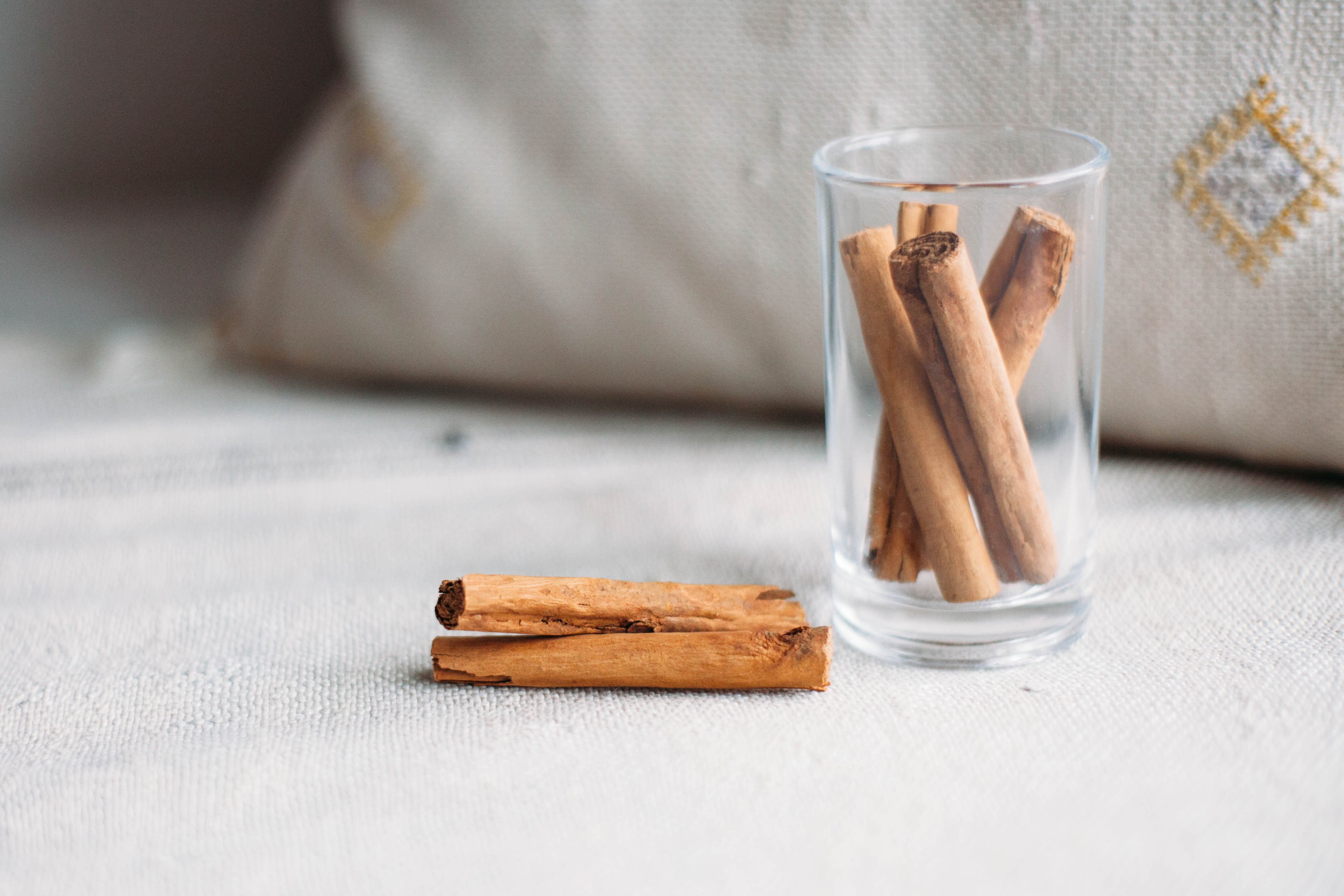
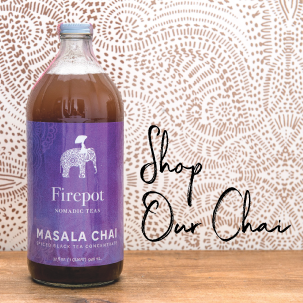
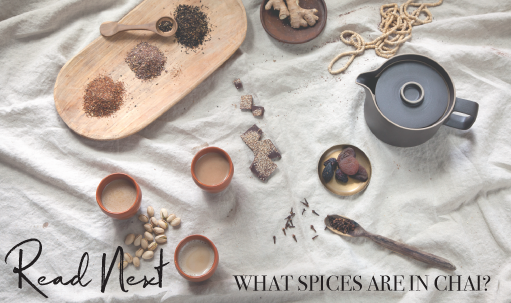
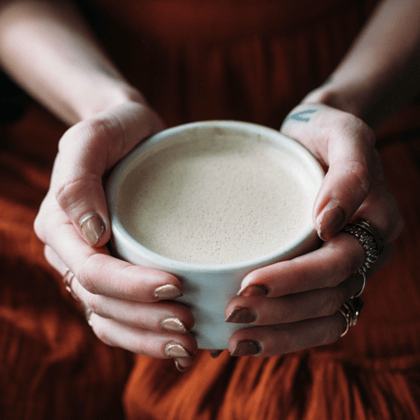


Leave a comment
Comments will be approved before showing up.